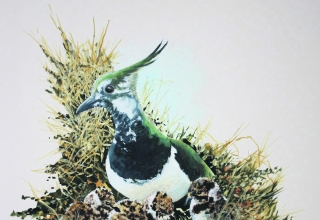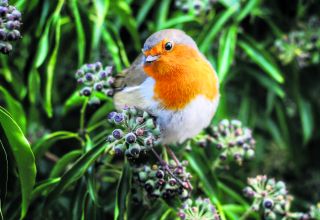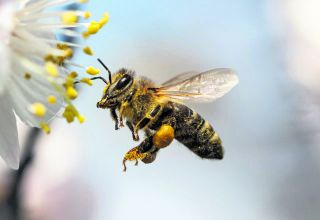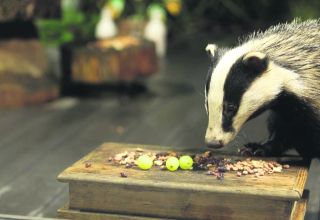
Rob Parkin is passionate about organic and sustainable growing, combined with working with wildlife. He is a former head gardener and now a designer and hands on gardener, artist and illustrator. He argues for a new approach to wildlife in the garden
Nature needs you.
For what? Well actually to survive, believe me, it needs a hand.
I’m not going to trot out the figures for what we have lost in the way of meadows, hedges and wetlands, it’s just too depressing. A garden has become one of the few remaining places where wildlife can find a home that is sustainable and safe.
So let’s get down to the positive by first abolishing a misconception. We do not ‘let our garden go wild’, nor even part of it, it never works well. Diversity of habitat is what we want. Nature alone is the great ‘wild’ gardener, allowing for scale and timeless evolution.
We are creating for now. A garden has become a vital sanctuary for nature and that includes ourselves, yes we are, like it or not, ‘wildlife’. And I for one am happy to be that.
Sustainable growing and organic growing make one plus one equal five. The addition is wildlife and nature, with a stunning landscape. We create a plan for life, and that, like any good garden is where to start. That is exactly where I begin when I’m designing a wildlife garden, or a nature reserve.
What do we need that nature loves?
Variety of habitat is one. Something to eat and drink, somewhere to hide, a place to know, a place to relax, a home to give us shelter, how many more?
Think that you are living in the wild, what would you need to not just survive, but to thrive?. What do you want your garden for? To look good, of course, and it should. To spend time in, heck yes.
“For me wildlife gardening and sustainable gardening with organic thrown in is a form of ‘forest gardening’ that makes sense”
To protect a family, just like wildlife needs. To give you peace of mind in knowing that what you eat is good, safe and wholesome, yes please. Well, not so different from a hedgehog, a thrush, a newt, an owl, a fox. We are nature remember so it’s not that surprising really. For me wildlife gardening and sustainable gardening with organic thrown in is a form of Forest Gardening that makes sense. That alone can already put a picture in your mind.
A nature garden is not a garden of nettles and thistles, nor expansive brambles, important though they are in the wild. It is not an excuse for neglect. Sorry, you cannot just sit and watch the rugby.
It is a place of continual but subtle change, habitat variety, richness and variation of planting. Basically – sky, trees, shrubs, herbaceous plants and wild flowers. Upturned plant pots, log piles, leaf litter, bark, marsh and water. I am not even going to begin giving you plant names, we would be here all week. It needs gentle management. Throw in for you, and the wildlife (you have to learn to share) fruit, the greenhouse, the compost area, the garden frame, patio, raised beds maybe, decking and a BBQ to eat then and there, when the food is fresh and at its best, and we have the basics to work with.
What we do with them is what, of course, makes the garden work.

How do you build a nature reserve in a garden?
The good news is that its more straightforward than you might think. A nature garden can be one square metre. Let’s start by looking where that one metre might be, and in your own particular case it might be one metre and many more. You are creating Eden for you and the other guys who want to share your patch, but if there is no way for nature to travel to it, you have a problem. It’s not unsolvable just look harder and think a bit more.
I have never found a garden that cannot be a nature garden. If you have trees in the vicinity, hedges, footpaths, verges, other gardens around you then you have the starting point. Look and think how you would fly to your garden, how you would run, walk, crawl or swim to it. From what direction is the prevailing wind, where does the shadow fall, which part of the garden is protected and a sun trap, which is in shade, what is the topography in the garden now?
“A garden has become a vital sanctuary for nature and that includes ourselves, yes we are, like it or not, wildlife”.
Armed as it were with all this the ideas begin to form, the design begins to evolve. What part of the garden is the most accessible for nature?
What part of the garden do you want for growing good grub? That will depend again on aspect and, where is the soil good, or at the very least where can it be improved by using lots and lots of organic material. Where can you make that? This is always exciting and challenging, all of it, it becomes obsessive, I love it.
Now you’re beginning to think like wildlife thinks. You are taking advantage of opportunity. But, you are at the top of the chain and have the ability to create a living, breathing, sustainable, rewarding and satisfying ark.
Believe me you will never create anything more rewarding and challenging, exciting and intense.
It brings to life a whole new world that sadly few people now see in real life.











